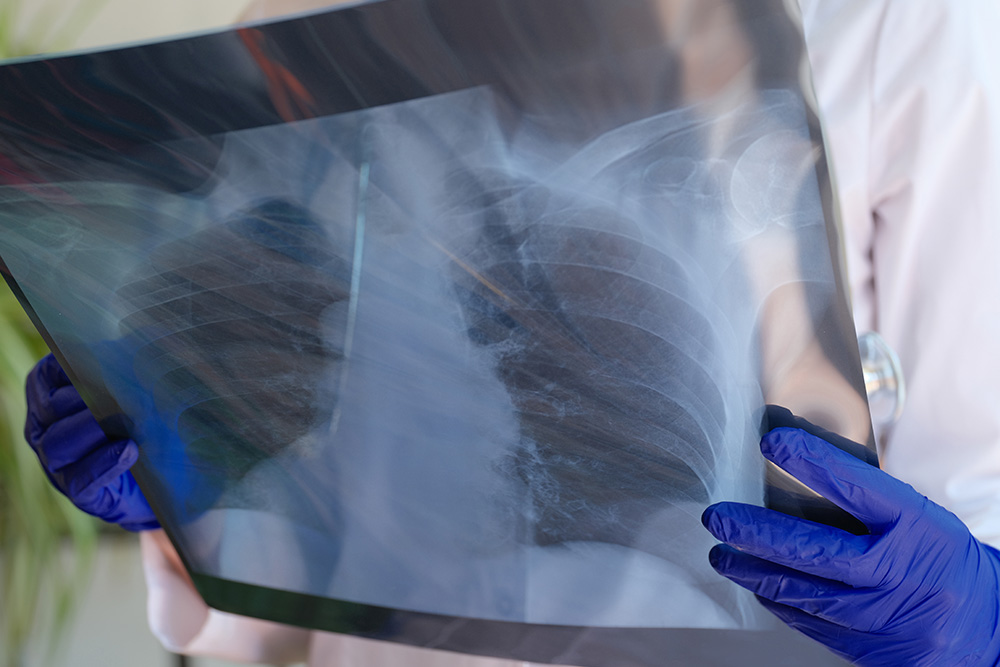Mesothelioma deaths in the U.S. surged by 20% between 1990 and 2019, according to BMC Public Health. This increase is tied directly to decades of asbestos exposure, especially among workers in construction, shipbuilding, military service, and manufacturing.
The rise in cases is particularly alarming in Hawai‘i, where thousands of veterans have been exposed to asbestos while working on Navy ships, submarines and maintenance facilities at the Pearl Harbor Naval Shipyard since World War II. The state health department reported over 700 asbestos-related deaths between 1999 and 2017, including 139 from mesothelioma.










